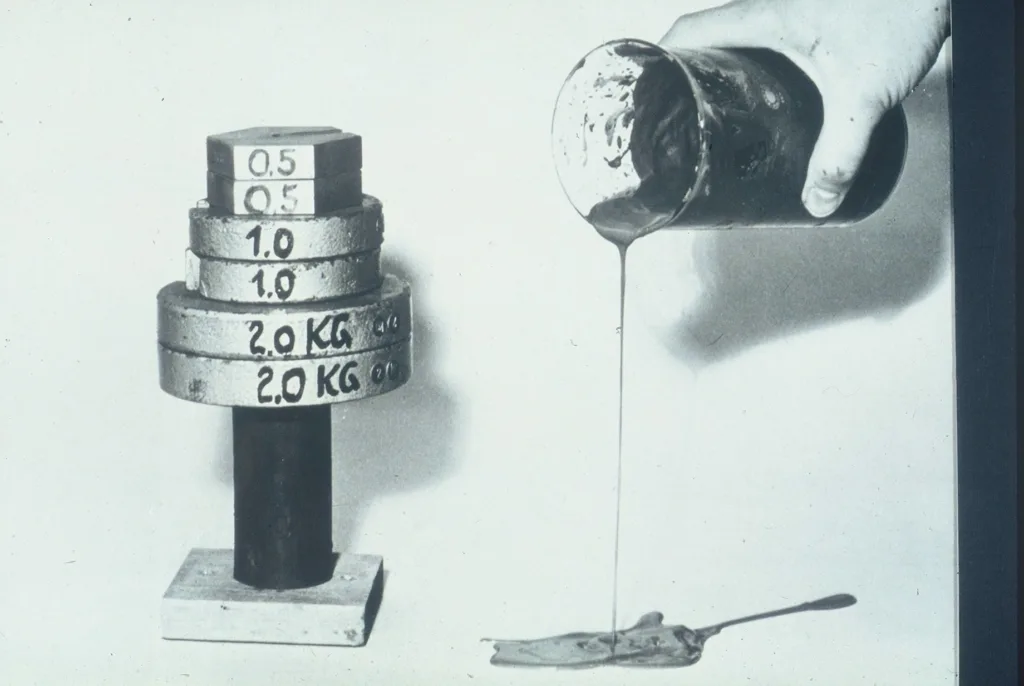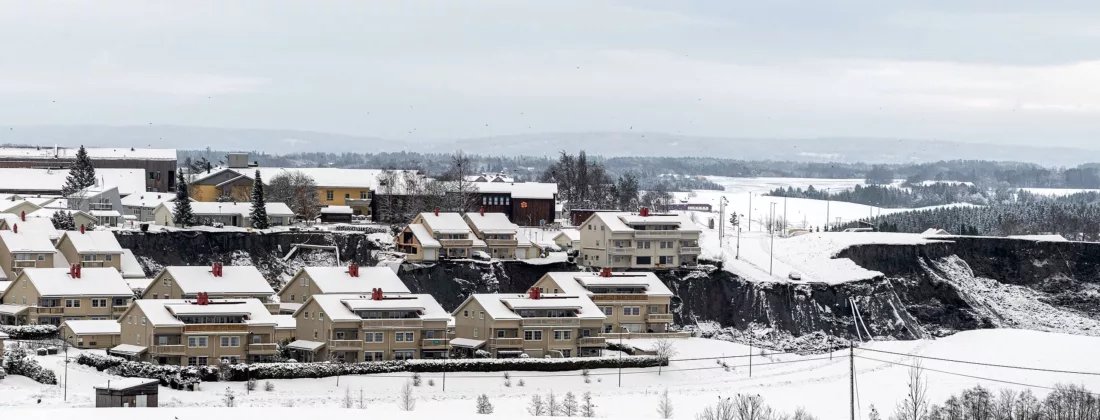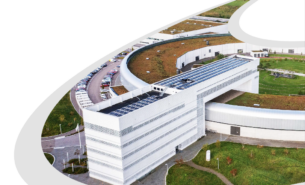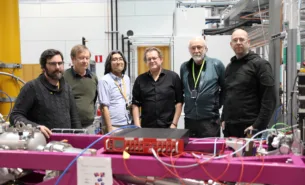Recent landslides in Scandinavia linked to quick clays in the underlying soil have caused major damage to societal infrastructure and even loss of life. In urban areas in particular, quick clays can pose a significant hazard when disturbed. Research on the clay material structure holds promise to understand why quick clay soils can collapse without warning, and in connection, provide valuable insight for improved planning of buildings, roads, and bridges as well as public safety measures. New techniques for the study of quick clays include small angle X-ray scattering (SAXS) available at MAX IV’s CoSAXS beamline, and full-field tomographic imaging and small- and wide-angle X-ray scattering (SWAXS) at ForMAX beamline.
“At present, X-ray based techniques are not typical for studying quick clay. In Sweden, we are pioneering these kinds of studies. With current state-of-the-art, we are pushing the limits of the instrument and sample preparation capabilities, even at nano-imaging beamlines,” said Jelke Dijkstra, Professor of experimental geomechanics at Chalmers University of Technology in Sweden.
Infrastructure disasters involving quick clays have been recorded in recent years. In September 2023, a stretch of E6 highway north of Gothenburg connecting Sweden and Norway broke apart, triggering the need for major traffic rerouting, and building and road repairs. In Dec 2019, the ground abruptly collapsed in the Norwegian town of Ask near Oslo, forming a 600-meter-wide ravine that caused multiple deaths and building destruction.

“Clays are made up of stacked nanosheets that can form various kinds of nanostructured sediments for instance depending on water salinity concentration. Salt contents is particularly important for the nanoscale structural and consequently the macroscopic mechanical stability and flow behaviours of so-called quick clays. Synchrotron X-ray scattering techniques, such as available at CoSAXS beamline at MAX IV offer tools that enable us to understand and subsequently control the stability of clay nanostructures, for instance by targeted additions of salt to quick clay formations,” explained Jon Otto Fossum, clays expert and physics professor at the Norwegian University of Science and Technology (NTNU).
“Before you can stabilise quick clays in a cost-effective and sustainable manner you need to find out what is the best way to ‘fix’ them. We still don’t have a good picture on what makes quick clays so sensitive to collapse,” said Dijkstra. “At MAX IV, we can study the clays in strongly X-ray attenuating saturated samples that are consolidated (natural quick clay), without the need of special preparation that might disturb the sample, which is essential for quick clay as we are unable to recreate quick clay in the laboratory. Furthermore, we can track changes over time, which is a game changer for in operando tests.”
To understand the structure of quick clays, scientists might analyse the pore space and particle orientation at large length scales, or atomic bonds, which affect the clay colloidal behaviour or thermodynamic stability. X-ray data can also describe clay mineral composition, important for determining its physical properties and how the clay is affected by environmental factors. Dijkstra’s group is interested in the clay stability and mechanical strength, which can be linked to the emerging mechanical response with in situ testing.
A geotechnical engineering challenge
Soils with quick clay are common in northern geographical regions such as Sweden, Norway, Finland, Russia, Canada, and Alaska in the United States, often in areas at or near present-day coastlines.
Formed during the last Ice Age, the clays originally lay below sea level. The change in salinity of the porewater in the clay, research shows, is a contributing factor for its susceptibility to collapse. Over time, quick clays leach with groundwater, resulting in a high sensitivity. If perturbed, rapid liquification can occur in quick clay layers, provoking soil layers above to slide. A cascading effect can follow due to the high sensitivity of the clay, hence physical flow properties, according to avalanche research in Norway.
Learn more about X-ray techniques for the study of quick clays on the CoSAXS beamline and ForMAX beamline web pages.
How might climate change affect areas with quick clays? “The washing out of salt [from quick clays] has happened over time, which in effect defines quick clays, and explains their mechanical insability,” said Fossum. “Climate change has already caused more heavy rainfall, and this most likely will trigger more quick clay avalanches.”
Conditions such as weathering, layer deposition, and mineral content in clays vary by location. However, increased precipitation and snowmelt can increase the chance for landslides in areas with rocky ground and quick clays. Why? The answer is complex, but high porewater pressures at the interfaces of clay and bedrock may play a role, as hypothesized from landslides in the Gothenburg area. Anthropogenic activities, including excavation and construction of embankments or fills on quick clay may also trigger failure. The latter failures are typically attributed to a lack of awareness of the presence of quick clay underground.
The big difference between quick clays and ‘normal’ natural clays is that they can experience an irreversible transition from solid to liquid, where all capacity of resisting shear stress is lost, explained Dijkstra.
Dijksta and colleagues are currently conducting experiments on quick clay with elevated stress levels, rheology, and miniature hydro-mechanical testing, combined with optical and X-ray based scattering and imaging methods. Their aim is to understand the hierarchical material structure that underpins the genesis and failure of the clays. In a separate project, the group is utilizing materials science and geomechanics to analyse novel clay-based binders with lime-cement-calcined clay and natural clay mixtures for sustainable ground improvement—essentially fixing clay with clay.




